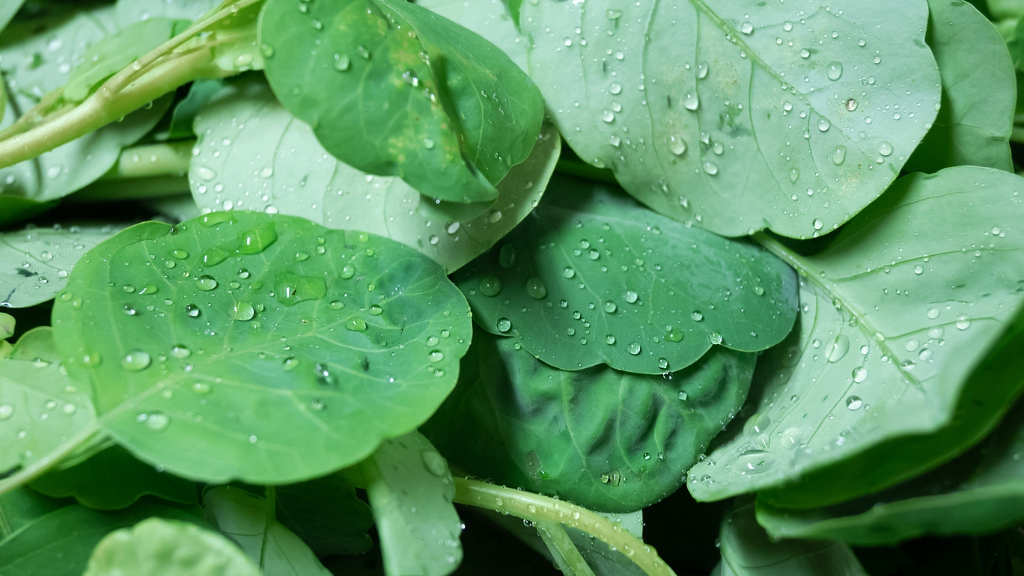Five GREAT Reasons to try Papalo


An Herb of Many Names Papalo (Porophyllum ruderale) is new to my culinary herb containers. You may know this herb by another name"¦papaloquelite, poreleaf, quilquina, or Bolivian coriander. I initially discovered it as part of a Meso-American herb garden display. Then stumbled upon it again at my favorite organic herb farm. This ethnic herb is growing in popularity so I decided to give it a try.
Distinctive in Appearance Papalo originates from South and Central America. It belongs to the Asteraceae (aster) family. However, its flowers are not its distinguishing feature. The sturdy stalks are covered with egg-shaped leaves that wave beautifully about in the air. This fluttery characteristic could be why its name is derived from the original Nahuatl word for butterfly. As the season progresses, growers may notice small pinholes in these unique leaves. The pinholes aren't from pests, they are the translucent glands that contain the plants volatile oils. I loved the look and purposely placed the plant so the sun often shown through those unique little holes. In its native condition, papalo can grow up to 6 feet and take on a weedy appearance. This could be why some herb growers are reluctant to embrace it. Like cilantro, papalo also has a distinctive cucumber-like fragrance which appeals to some and repels others. I found this free-form plant to be a delight. I planted it in a container with lemon verbena and found it to be a conversation starter all season.
Give It A Try If you're not familiar yet with papalo, here are 5 great reasons to give it a try:
- Easy to grow both garden beds and containers - Papalo can be grown from seeds or transplants. I grew mine from a transplant with no difficulties. It prefers full sun to partial shade, and grows best in moist, well-draining soil.
- Loves the heat --Herbs like cilantro are often sensitive to heat and bolt right when I need them most. But papalo enjoys the heat and is ready to use when my other salsa-seasoning herbs are past their prime.
- Fresh is best -- Papalo is eaten fresh from the plant. This is one herb that needs no simmering. Simply wash, tear the leaves and add fresh right from the table.
- Provides anti-bacterial properties - Papalo, along with herbs such oregano, basil, and epazote, has been found to possess anti-bacterial properties making it a healthy seasoning choice.
- Repels insects naturally- Papalo is also thought to be a natural insect repellant. Grow it along with your basil in a container close to your patio table to increase your chances of an undisturbed outdoor meal!
You'll never know until you try! Enjoy! Beth from More Than Oregano - Spicing Up Your Garden Life! Save Save
Gardening tips, videos, info and more delivered right to your inbox!
Sign up for the Gardening Know How newsletter today and receive a free copy of our e-book "How to Grow Delicious Tomatoes".
-
 Creative Ideas For Plant Containers: 7 Ways To Save Money And Add Charm To A Garden
Creative Ideas For Plant Containers: 7 Ways To Save Money And Add Charm To A GardenIf you are looking for great ways to add personality to your container gardening – and even save yourself some money – then try these creative ideas for plant containers
By Mary Ellen Ellis
-
 How To Make A Bouquet Garni Or Herb Bundle For Cooking
How To Make A Bouquet Garni Or Herb Bundle For CookingIf you’re a great cook, you may have made an herb bundle before. If this is a new idea, learn how to add sparkle and interest to your dish with a bouquet garni.
By Amy Grant